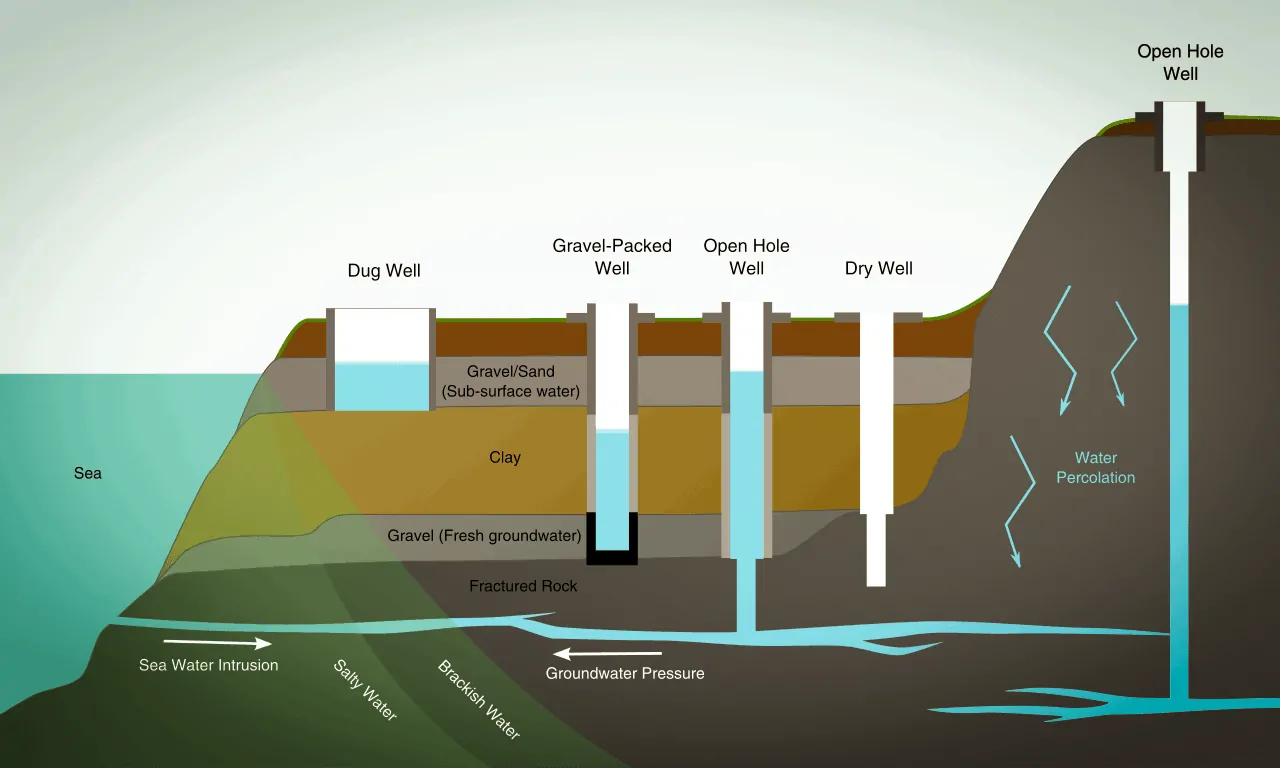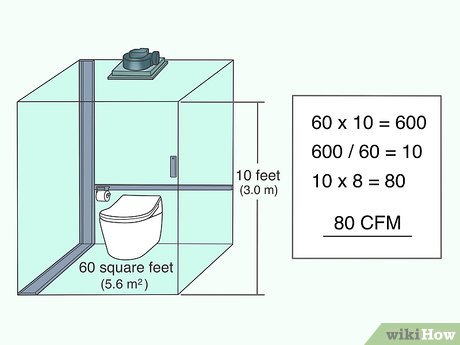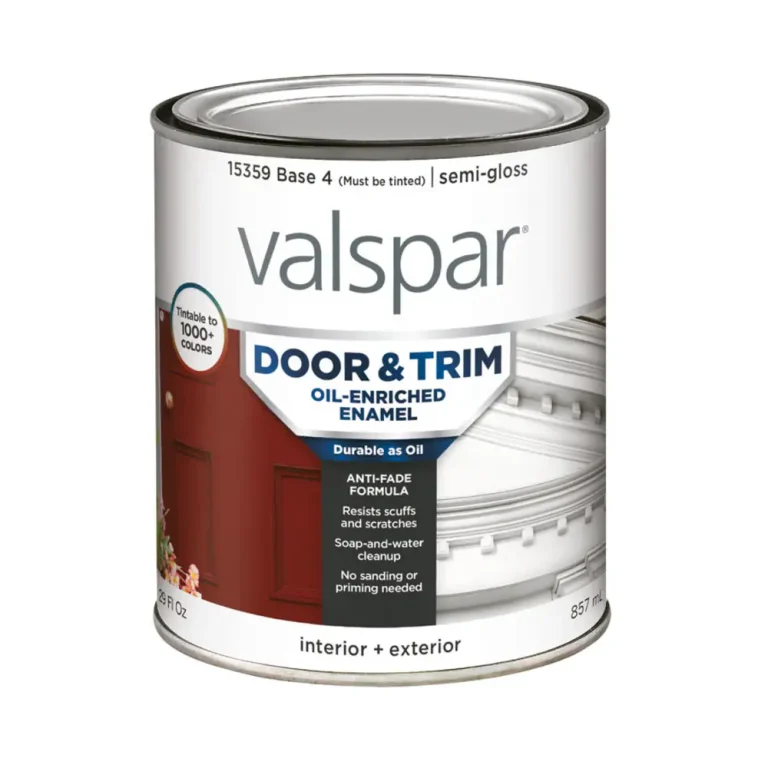How Deep Can A Well Pump Water?
A well pump is a device used to draw water from a well. It is typically powered by electricity or a gas engine and can be used to pump water from a shallow or deep well. The depth to which a well pump can draw water depends on the design of the pump, the size of the well, and the type of pump used. Generally speaking, most pumps are capable of reaching depths of up to 200 feet, though some may be able to reach deeper depths. Additionally, the pumping capacity of the pump may also affect the depth to which water can be pumped.
Types of Well Pumps
When it comes to choosing a good pump, it’s important to understand the different types of pumps available and which one is best suited for your needs. The two main types of well pumps are shallow-well pumps and deep-well pumps. Shallow-well pumps are designed for wells that are 25 feet or less in depth while deep-well pumps are designed for wells that are deeper than 25 feet.
Shallow-well pumps are generally less expensive and easier to install than deep-well pumps and are typically the first choice for wells that are less than 25 feet in depth. They are also typically used in smaller applications where the water volume is low. Shallow-well pumps are usually limited to pumping up to 20 gallons per minute.
Deep-well pumps, on the other hand, are designed to pump from depths of up to 400 feet and can be used in larger applications where more water is needed. They are usually more expensive and require more skill and expertise to install, but their ability to pump from greater depths makes them more suitable for larger applications.
In order to ensure that you get the best pump for your particular application, it’s important to consult with an expert who is familiar with the different types of pumps available and can provide you with the information and advice you need to make an informed decision. With the right pump, you can be sure that you’ll have the water you need for your home or business.
How Deep Can a Well Pump Water?
Have you ever wondered how far down an ordinary well pump can reach? While the answer to this question varies depending on the type of pump being used, there are some general guidelines that can help you get a better understanding of how deep a good pump can reach.
The depth of a well pump is determined by the amount of pressure needed to draw water from the well. In most cases, a standard well pump can draw water from up to a depth of around 20 feet. Beyond this depth, the pressure needed to draw water increases exponentially, meaning deeper wells require more powerful pumps.
Well, pumps come in a variety of sizes and designs, so the depth they can reach will depend on their design and pressure capabilities. Submersible pumps are designed to operate at a depth of up to 300 feet, while other types of pumps, such as jet pumps, can be used to reach depths of up to 500 feet.
The depth of a well pump can also vary depending on the type of soil and groundwater present in the area. If the soil is very permeable, the pump may be able to reach deeper depths than if the soil is more compact. Additionally, if the groundwater is located at a greater depth, the pump may be able to reach even deeper depths.
In conclusion, the maximum depth of a well pump depends on a variety of factors, such as the type of pump being used, the type of soil and groundwater present in the area, and the pressure needed to draw water from the well. In general, most well pumps can reach depths of up to 500 feet, although certain types of pumps can reach even greater depths.
Factors Affecting Well Pump Performance
Well, pumps are an invaluable tool for drawing water from a well, but how deep can they pump? The answer is not straightforward, as there are a number of factors that can affect the performance of good pumps, including the type of pump, the size of the well, the pump’s capacity, and the water table.
The type of pump used is an important factor in determining the depth of a well pump’s water draw. Submersible pumps are the most common type, as they are designed to be submerged in the well and draw water from a depth of up to 500 feet. However, shallow well pumps are also available and can draw water from depths of up to 25 feet.
The size of the well is also a factor in determining the performance of a well pump. If the well is too small, then the pump will not be able to draw enough water to meet the needs of the home. On the other hand, if the well is too large, then the pump may not be able to draw water from the full depth of the well.
The pump’s capacity is also a factor. A pump with a higher capacity will be able to draw more water from a well than a pump with a lower capacity. This is important to consider when selecting a pump, as a pump with a higher capacity will be able to draw water from deeper depths than a pump with a lower capacity.
Finally, the water table is an important factor when determining how deep a well pump can draw water. If the water table is high, then the pump will not be able to draw water from very deep depths. However, if the water table is low, then the pump may be able to draw water from greater depths.
Understanding these factors can help you determine how deep a good pump can go and select the right pump for your needs.
Selecting the Right Well Pump
for Your Needs
Well, pumps are essential components for successfully drawing water from a well. However, selecting the right one for your application can be tricky. To maximize your investment, you must understand the depth of the well, the desired flow rate, and the total dynamic head.
When purchasing a well pump, it’s important to understand the depth of the well. If the pump is placed too deep, it can be ineffective and inefficient. Installing the right pump for the right depth is paramount for optimal performance.
The next factor to consider is the desired flow rate. Well pumps are measured in gallons per minute (GPM). To calculate your needs, consider all the fixtures (showers, sinks, and toilets) that will be using the water. The GPM should be greater than the sum of all the fixtures.
Finally, you should consider the total dynamic head (TDH). TDH is the total equivalent height of the water from the well to the fixtures. It’s a combination of the vertical lift and pressure loss due to friction in the pipes. The TDH should be lower than the maximum pressure and flow rate of the pump.
In conclusion, finding the right well pump for your needs requires an understanding of the depth of the well, desired flow rate, and total dynamic head. With the right information, you can select a well pump that meets your requirements and provides years of reliable service.
Preparing for Installation
When it comes to deciding how deep a well pump can draw water from, preparation is the key. Before installation, it is important to consider the depth of the water table in the area, the size of the well casing, and the capacity of the well pump to ensure that the pump can draw water from the expected depth.
It is important to note that the greater the depth of the water table, the more powerful the pump needs to be. If the water table is too deep for a standard pump, then a submersible pump can be used to draw water from greater depths. To ensure that the pump works correctly, it is essential to choose a pump with the right flow rate and pressure for the job.
It is also important to consider the size of the well casing and the type of pipe used. The larger the casing, the more water can be drawn from the well. The type of pipe used is also important as some pipes can be more resistant to corrosion and build-up, making them more suitable for pumping water from deeper depths.
By taking all of these factors into account, it is possible to determine how deep a well pump can draw water from. With the right preparation and planning, any well pump can draw water from the depths it is intended to, ensuring reliable access to clean water.
Professional Installation Considerations
When it comes to making sure that your well pump is operating efficiently and effectively, it’s important to consider professional installation considerations. Professional well pump installation can ensure that the pump is properly set up, configured, and maintained to keep your water supply running smoothly. When selecting a well pump, it is essential to make sure that it is deep enough to reach the water table. Depending on the depth of the well and the pump’s capabilities, it may need to be lowered several hundred feet to reach the water source. Additionally, it is important to consider the size of the well casing. If the casing is too small, the pump will not be able to draw enough water to meet your needs. Professional installation technicians can identify the necessary requirements for your pump, and ensure that it is able to draw the right amount of water from the well. Furthermore, they can provide advice on the best maintenance practices to ensure that your well pump continues to work as efficiently as possible. With professional installation and maintenance, you can rest assured that your well pump will be able to provide you with the necessary supply of water.
Maintenance and Troubleshooting
Well pumps are an integral part of keeping a home or business supplied with fresh water. But, just how deep can a good pump reach for water? Maintenance and troubleshooting of a well pump is important to ensure it can reach the desired depth.
The depth of a well pump depends on the type of pump used, the size of the well, and the type of soil. Generally, a shallow well pump can reach depths of 25 feet, while a deep well pump can reach depths of 100 feet or more. Submersible pumps are often used in deeper wells, as they are more efficient and can reach greater depths.
Troubleshooting a well pump requires a few steps. First, inspect the wiring and connections to ensure they are connected properly. Make sure the pressure switch is working and not stuck in either position. Check the pump for proper operation and inspect the discharge line for any blockages. If all of these steps are in order, the well pump should be able to reach the desired depth.
When it comes to maintaining a well pump, it’s important to keep it clean and free of debris. Make sure to check the pressure switch and inspect the wiring for any loose connections or corrosion. It’s also important to check the oil level in the motor and the seals and gaskets for any signs of leaks or wear. Regular maintenance can help extend the life of a well pump and ensure it can reach the desired depth.
Conclusion
The depth of a well pump can vary depending on the type of well pump and the type of water source. Generally, a well pump can pump water from up to 500 feet down, and in some cases, even deeper. The deepest water source can be reached by using a submersible well pump. It is important to choose the right well pump for your water needs and to make sure it is properly installed.







